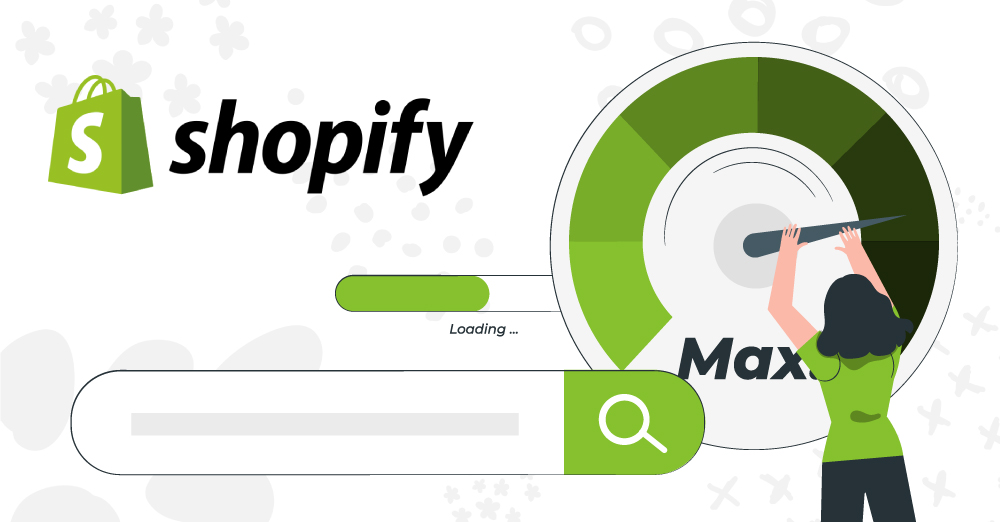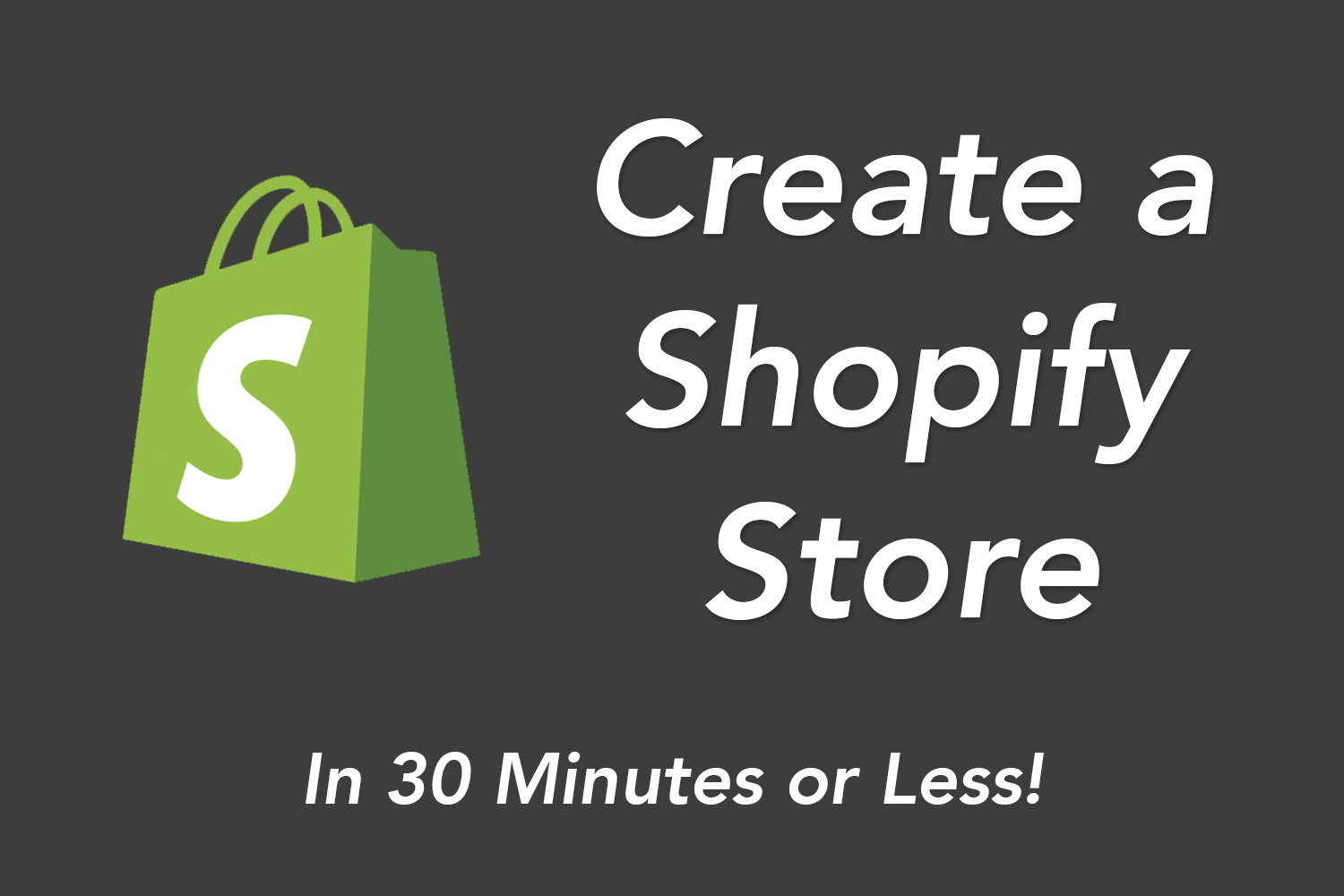

Shopify points collection page canonical tags to the product page, which is excellent, but doesn’t solve the split links problem.Įliminating alternate URLs. There are many ways multiple spellings can come about, and Shopify’s use of collections generates duplicate URLs for products that belong to collections. The canonical tag was introduced by search engines to designate which spelling of URLs (that load the same content) is the preferred spelling for search results. With the use of the canonical tag you have an adequate solution for the first problem, but not the second. /collections/shirts-collection/products/blue-shirtĭuplicate content makes it more difficult for search engines to determine which URL to index and rank, and having multiple URLs for the same page can split your link building power because referrers may use either URL.This means you’ll have two URLs pointing to the same product the URLs will appear as follows: When you associate a product with a collection page (as just about every merchant selling more than a handful of items is likely to do), Shopify automatically generates a second URL to that product page as part of the collection. This maps the URL to a corresponding product controller action “collections” and resources. Technically speaking, Shopify collections is an array for storing Products semantically attached by convention (instead of by ID) to resource routing.

One drawback to this is that products belonging to collection pages create a duplicate URL issue. Shopify implements collections for grouping products into categories, making it easier for customers to find them. In this guide, we’ll help you finetune your Shopify site’s technical SEO to help search engines crawl and index your pages. The basic search optimizations that all Shopify store owners should be aware of are already covered in our main Shopify SEO guide. This introduces some Shopify-specific quirks that you may run into when optimizing your site architecture, URL structure, and use of JavaScript. Shopify’s platform makes it simple for beginner store owners to launch their e-commerce sites, but that convenience means that many of the technical aspects of your site have been decided for you.


 0 kommentar(er)
0 kommentar(er)
